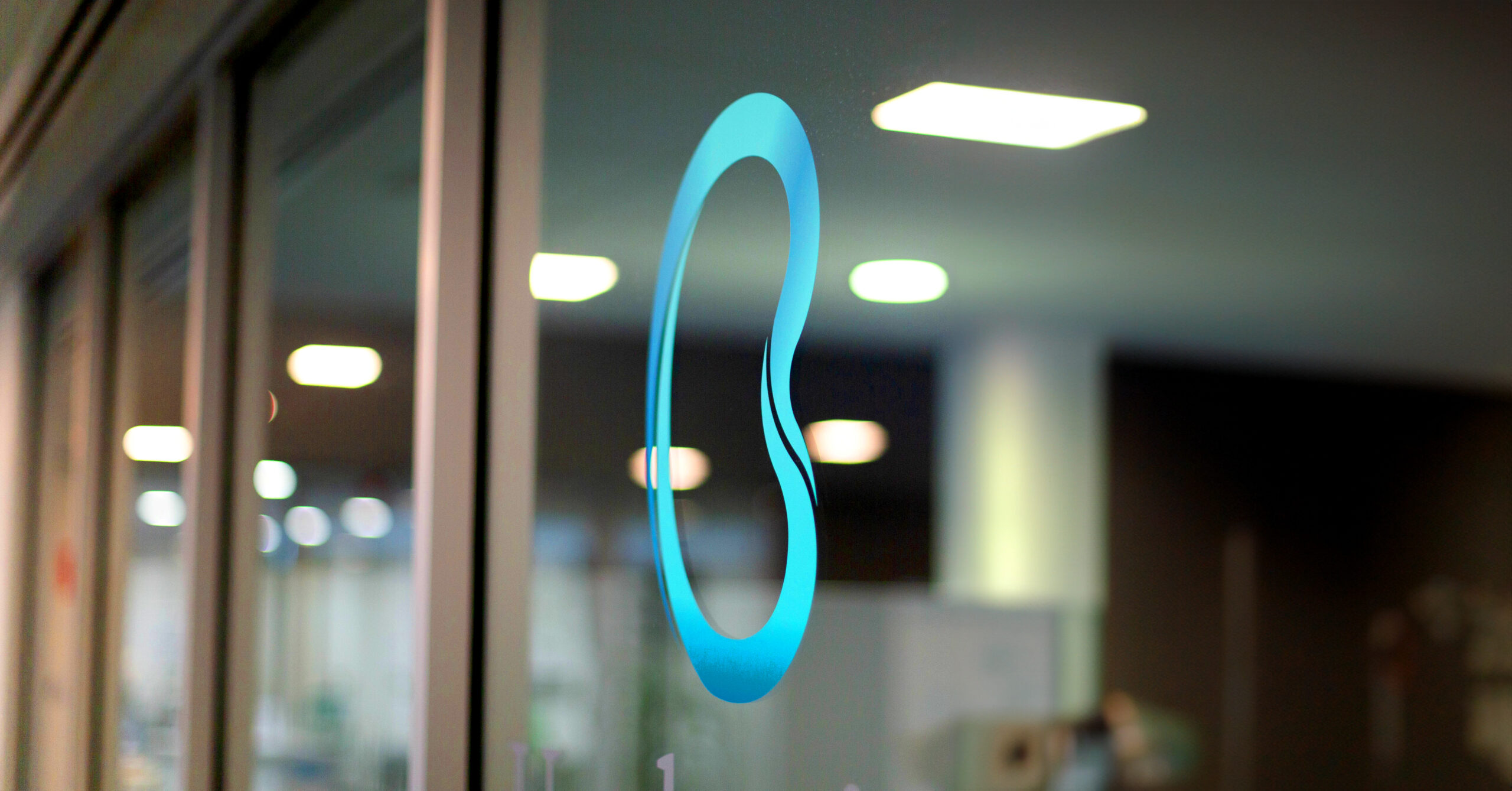
What do I need?
- Take 1 Trimethoprim tablet either the night before if performing procedure after morning shower or 2 hours prior to procedure.
- A self lubricated catheter—your nurse or doctor will advise you which catheter you should use.
- Something to clean yourself with e.g. a wash cloth with mild soap and water,
or cleansing wipes if not after a shower. - Something to drain the urine into i.e. the toilet or a clean container e.g. ice cream container.
What do I do?
- Gather everything together, i.e. catheter, wash cloth, towel and container (if not using the toilet).
- Wash your hands with soap and water and assume a comfortable position on the toilet or on your bed. If in bed, you may find it beneficial to place a towel under your hips to protect the bedding.
- Wash your genital area with a cleansing wipe or soap and water. If uncircumcised draw back the foreskin and wash (see Figure 1 in PDF fact sheet).
- Take care in not touching the end of the catheter with your
hands. - Use your non-dominant hand to hold the penis at an angle to your
body (see Figure 2 in PDF fact sheet). - Use your dominant hand to gently and slowly insert the catheter into the urethra. Allow the urine to drain into the toilet or clean container (see Figure 3 in PDF fact sheet).
- Hold the catheter in place, until urine flow stops. Slowly rotate the catheter as you withdraw it to help completely drain your bladder.
- Discard catheter.
Some helpful hints
- Drink about 1.5 Litres of fluid a day. This helps to keep you bladder clean and infection free.
- Never force the catheter. Sometimes you may feel some resistance while introducing the catheter. This could be due to;
– The need for more lubricant.
– The sphincter muscles at the base of the bladder spasming. If so, take some deep breaths, relax and try again. - Take notice of your urine. Is it cloudy or offensive in odour? Do you experience pain or burning while inserting the catheter? Do you have a fever or feel unwell? If so, you may have a bladder infection and you should contact your doctor.
- If no urine comes out, make sure the catheter is in the right place and in far enough. If there is still no urine flow, gently pull the catheter back a short distance. If still no urine drains, contact your doctor.
- Occasionally you may see blood in the urine or on the catheter. There is no need for concern if it is only a few spots. If bleeding persists or increases, you will need to speak to your doctor.
